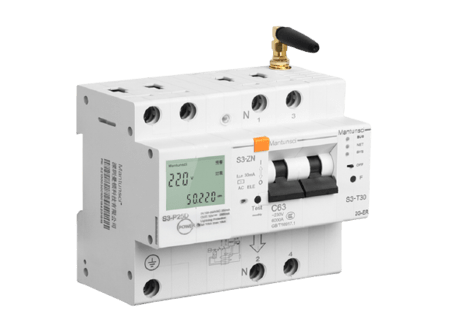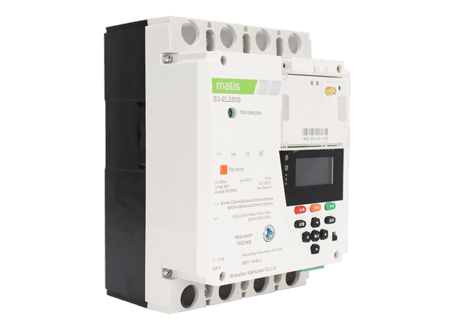Differences Between MCCB and MCB
2023/05/30 丨Technical
Miniature circuit breakers (MCBs) and molded case circuit breakers (MCCBs) are both important devices in electrical systems used to protect against overloads, short circuits, and other faults. Although the purpose is similar, there are still some differences between the two in terms of capacitance, tripping characteristics, and breaking capacity.
Miniature Circuit Breaker (MCB)
A Miniature Circuit Breaker (MCB) is a compact electric device used to protect circuits from short circuits and overloads. It is commonly used in electrical installations in residential and commercial buildings and is designed to protect individual circuits rather than entire electrical systems.
Molded case circuit breaker (MCCB)
A Molded Case Circuit Breaker (MCCB) is a larger, more robust circuit breaker that is also used to protect circuits from short circuits, overloads, and other faults. MCCBs are designed for higher voltage and current ratings for commercial, industrial and large residential applications.
Main Differences Between MCCB and MCB
Structure: MCBs are more compact in size than MCCBs. The MCB consists of a bimetallic strip that bends when the current exceeds a certain threshold, triggering the MCB and opening the circuit. But the structure of the MCCB is more complicated. An electromagnetic mechanism is used to trigger the circuit when the current exceeds a certain threshold. In addition, the MCCB has thermal magnetic protection to protect against overload and short circuits.
Capacity: MCBs are typically used for lower current and voltage ratings in residential and commercial buildings. Typically up to 1000V and with ratings between 0.5A and 125A. MCCBs are designed for industrial and large commercial applications and can handle currents from 10 amps to 2,500 amps.
Breaking Capacity: Breaking capacity is the maximum amount of fault current a circuit breaker can trip without causing damage. Compared to the MCB, the MCCB has a higher breaking capacity. MCCBs can interrupt currents up to 100 kA, while MCBs are capable of interrupting 10 kA or less. Therefore, the MCCB is more suitable for applications with high breaking capacity.
Tripping Characteristics: The advantage of the MCCB and MCB is the adjustable trip setting. The MCCB allows individual adjustment of the trip current and time delay for more efficient protection of electrical systems and equipment. In contrast, MCBs have fixed trip settings and are typically designed to trip at a specific current value.
Cost: MCCBs tend to be more expensive than MCBs due to their size, functional features, etc. MCCBs primarily have higher capacity and adjustable trip settings. MCBs are generally a lower-cost option for protecting small electrical systems and equipment.
Conclusion
In summary, MCCBs and MCBs play an important role in protecting circuits from short circuits, overloads, and other faults in electrical systems. Although the functions or purposes of the two are similar, there are still differences in application. MCCBs are better suited for large electrical systems with high current requirements, while MCBs are more cost-effective and better suited for protecting smaller electrical systems and equipment. Knowing these differences will help you choose the right circuit breaker for your specific needs and ensure your electrical system remains safe and efficient.
- Solutions
- Products & Support
- Cases
- About us
- Contact
TEL:+86 18621879631
Email:timmy@matismart.com
Mobile phone:+86 15801814653
Address:Room 320, No.83, Huanhu West Road 3, Pudong, Shanghai, China, 201306
Wechat:+86-15801814653
Skype:timmybao2008
 沪ICP备09024882号-1
沪ICP备09024882号-1




 CN
CN





 Home
Home


